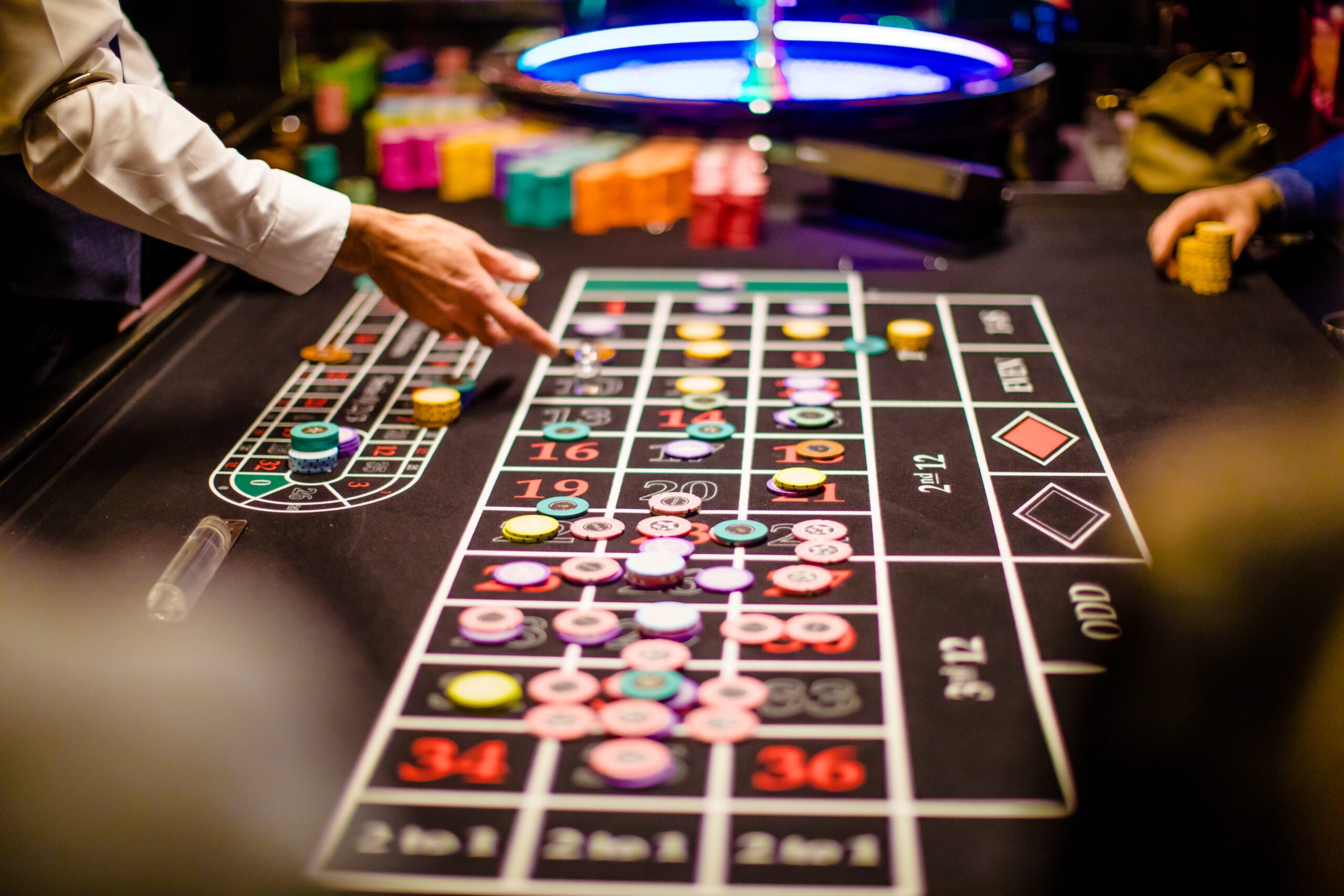
Casino experiences have long captivated people’s attention, drawing participants into a universe filled with luck, tactics, and the allure of thrill. Each activity is carefully crafted not just for entertainment, but also to elicit targeted emotional responses that keep gamblers involved and committed. https://ww88c.co/ Understanding the reasons behind these designs reveals much about how psychology plays a crucial role in the gaming experience.
From the dazzling lights and lively sounds to the complex layering of systems and payoffs, casino games are designed to create an atmosphere of anticipation and eagerness. Game designers leverage psychological principles to influence player behavior, whether through the use of big prizes, almost wins, or social interactivity. By examining these aspects, we can better appreciate how casino games fulfill not just a need for entertainment, but deeper psychological needs for adventure and risk.
Grasping Gamer Behavior
Casino games are designed with a thorough comprehension of player psyche, which is vital for luring and keeping players. The thrill of the game, coupled with the anticipation of winning, establishes a powerful attraction. Game designers utilize elements like sound effects, vibrant graphics, and immersive gameplay to capture attention and evoke emotional responses. These sensory elements enhance the immersive experience, making players feel more attached in the game.
Another important aspect of player behavior is the concept of risk and reward. Casino games often balance high-stakes situations with the potential for significant rewards, which can cause the event known as near-miss phenomenon. When players come within reach to winning, the brain releases dopamine, bolstering their behavior and encouraging them to keep playing in search of that elusive win. This cycle of hope and frustration plays a key role in how games are structured and marketed.
Lastly, social factors also play a critical role in player behavior at casinos. Many games are made to be played in teams or with other players, fostering a sense of community and collective experience. The social interaction inherent in games like baccarat enhances enjoyment and can culminate in extended gameplay. Designers capitalize on this by designing environments that invite players to remain, connect, and return, making the overall casino experience more appealing.
The Role of Visuals and Sound
Visuals and audio play a vital role in enhancing the player’s experience within gambling games. Designers utilize bright colors, eye-catching graphics, and engaging animations to grab gambler’s attention and maintain their focus. The use of motifs, such as exploration or opulence, helps create an enthralling atmosphere that transports players into another world. By appealing to the senses, these elements contribute to a heightened emotional response, prompting players to interact more profoundly with the games.
Audio design is just as important in reinforcing the experience of gambling games. The combination of ambient music, sound effects for winning combinations, and environmental noises creates an auditory landscape that holds players fascinated. Audio cues associated with wins, such as ringing bells or festive music, evoke feelings of thrill and satisfaction, prompting players to keep playing. These sound cues are strategically placed to amplify the thrill of the game and create a more immersive experience.
Moreover, the alignment of visuals and sound is essential for reinforcing the game’s overall theme and mood. Each element should align seamlessly to create a unified experience that draws players in. The effective use of this synergy not only improves user satisfaction but also increases the chances of return play, as players become more engaged in the captivating world that the gambling games offer. This thoughtful integration of visuals and sound ultimately enhances player involvement and commitment.
Incentive Systems and Participation
The development of casino experiences significantly depends on incentive systems to ensure players engaged and returning for additional experiences. These structures are rooted in behavioral principles that exploit human nature and motivation. Participants are often driven by the excitement of winning, which is reinforced by instant responses through the game’s mechanics. This prompt satisfaction not only improves the gaming experience but also cultivates a sense of achievement, encouraging participants to keep participating in hopes of bigger gains.
Casinos implement various reward structures, such as jackpots, bonuses, and multipliers, to captivate players. These features create a layer of excitement that maintains engagement. Additionally, the unpredictability of outcomes plays a significant role in keeping attention. The intermittent reinforcement schedule, where successes are unpredictable but happen often enough, keeps players on edge and driven to continue participating. This loop of hope and anticipation is foundational to the effectiveness of gambling experiences.
Furthermore, social elements, such as tournaments and collaborative options, boost the participation factor by tapping into the desire to compete of players. The communal aspect of playing with fellow participants can amplify the excitement of success and create a sense of community within the casino. By combining these social dynamics with efficient incentive structures, casino games not only offer entertainment but also nurture a stronger connection among players, solidifying their loyalty to the overall experience.
